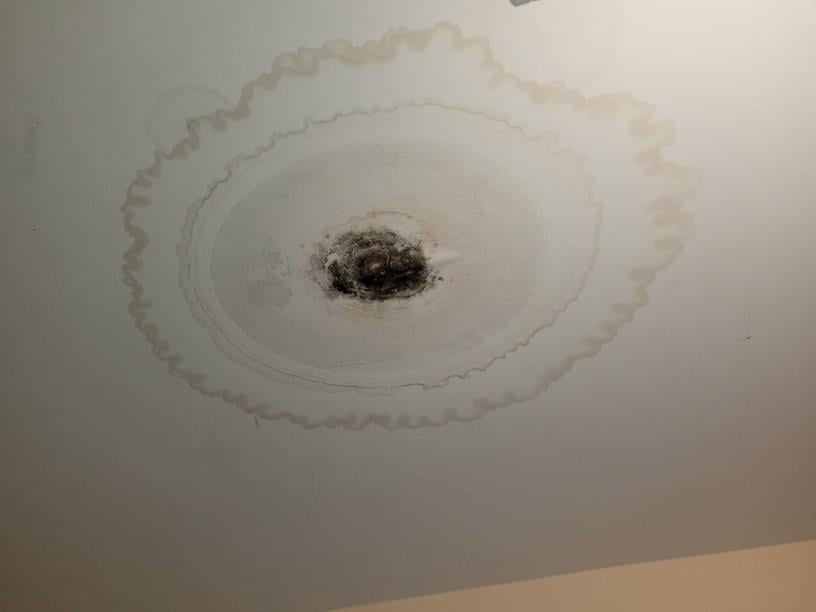Were you hunting for tips around Locating water leaks?

Early discovery of leaking water lines can mitigate a prospective calamity. Some little water leakages may not be noticeable.
1. Take A Look At the Water Meter
Every house has a water meter. Inspecting it is a proven way that helps you discover leakages. For starters, switch off all the water sources. Guarantee no one will certainly flush, make use of the tap, shower, run the washing equipment or dish washer. From there, most likely to the meter and watch if it will certainly change. Given that nobody is using it, there ought to be no movements. If it moves, that suggests a fast-moving leakage. If you identify no changes, wait an hour or two and inspect back once more. This suggests you might have a slow leak that might even be underground.
2. Inspect Water Usage
Examine your water costs as well as track your water intake. As the one paying it, you need to discover if there are any type of inconsistencies. If you find sudden changes, despite your consumption being the same, it suggests that you have leakages in your plumbing system. Keep in mind, your water expense need to drop under the very same variety monthly. A sudden spike in your costs suggests a fast-moving leakage.
At the same time, a consistent rise monthly, even with the very same routines, shows you have a slow-moving leakage that's additionally slowly rising. Call a plumber to extensively inspect your property, especially if you really feel a warm location on your floor with piping beneath.
3. Do a Food Coloring Test
When it comes to water intake, 30% comes from toilets. If the shade somehow infiltrates your bowl during that time without flushing, there's a leak in between the tank as well as dish.
4. Asses Exterior Lines
Don't fail to remember to inspect your exterior water lines too. Should water leak out of the connection, you have a loose rubber gasket. One small leakage can waste tons of water and spike your water bill.
5. Inspect and Assess the Situation
Homeowners ought to make it a practice to inspect under the sink counters as well as even inside cupboards for any bad odor or mold development. These 2 warnings suggest a leak so prompt focus is needed. Doing routine assessments, even bi-annually, can save you from a major problem.
Examine for stainings as well as damaging as the majority of pipelines as well as devices have a life span. If you suspect dripping water lines in your plumbing system, don't wait for it to intensify.
Early discovery of leaking water lines can minimize a potential catastrophe. Some tiny water leaks might not be visible. Examining it is a surefire method that aids you discover leakages. One little leak can squander bunches of water and increase your water bill.
If you presume dripping water lines in your plumbing system, don't wait for it to intensify.
WARNING SIGNS OF WATER LEAKAGE BEHIND THE WALL
PERSISTENT MUSTY ODORS
As water slowly drips from a leaky pipe inside the wall, flooring and sheetrock stay damp and develop an odor similar to wet cardboard. It generates a musty smell that can help you find hidden leaks.
MOLD IN UNUSUAL AREAS
Mold usually grows in wet areas like kitchens, baths and laundry rooms. If you spot the stuff on walls or baseboards in other rooms of the house, it’s a good indicator of undetected water leaks.
STAINS THAT GROW
When mold thrives around a leaky pipe, it sometimes takes hold on the inside surface of the affected wall. A growing stain on otherwise clean sheetrock is often your sign of a hidden plumbing problem.
PEELING OR BUBBLING WALLPAPER / PAINT
This clue is easy to miss in rooms that don’t get much use. When you see wallpaper separating along seams or paint bubbling or flaking off the wall, blame sheetrock that stays wet because of an undetected leak.
BUCKLED CEILINGS AND STAINED FLOORS
If ceilings or floors in bathrooms, kitchens or laundry areas develop structural problems, don’t rule out constant damp inside the walls. Wet sheetrock can affect adjacent framing, flooring and ceilings.
https://www.servicemasterbyzaba.com/blog/how-to-detect-water-leakage-in-walls/
.jpg)
I'm very excited about Locating water leaks and I hope you enjoyed our blog post. Liked our piece? Please share it. Let somebody else locate it. Thank you for your time spent reading it.
24/7 emergency? We're here!